
Acute Stridor in Children
Acute Stridor is a harsh, grating respiratory noise that can often be heard without a stethoscope and is caused by airflow obstruction through the upper
Welcome to our comprehensive archive of pediatric articles where we provide in-depth information on pediatric medical standards of care for pediatric healthcare. Our collection of articles serves as a beacon of knowledge, illuminating the path for pediatric physicians and legal practitioners alike, as they strive to provide the best possible care for our youngest patients while ensuring compliance with the latest legal and ethical guidelines.

Acute Stridor is a harsh, grating respiratory noise that can often be heard without a stethoscope and is caused by airflow obstruction through the upper

The incidence of ARF is 8-51/100,000 people worldwide. It most commonly affects children ages 5-15 years after having a Group A Streptococcal infection (Strep throat).
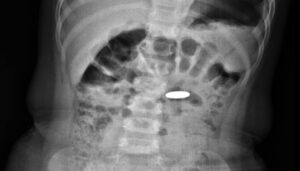
Toddlers and young children often put things in their mouth and are also unable to tell care providers, both family and healthcare, what they put
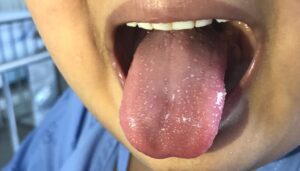
Kawasaki Disease is an acute, self-limited disease of the blood vessels including the coronary arteries of the heart occurring in infants and young children. It
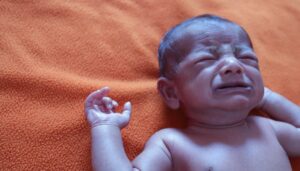
For newborns with congenital heart disease, early recognition and emergency stabilization and transport to a quaternary care pediatric center is essential. Cyanosis is a bluish
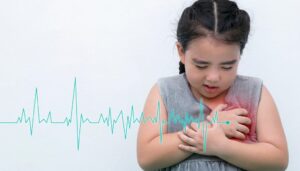
Congestive Heart Failure in Children is distinctly different than adults and the etiologies of heart failure in children are very different. For the purposes of
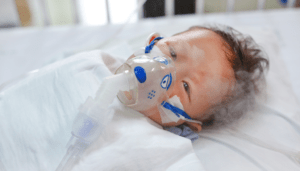
Respiratory Syncytial Virus (RSV) is a single stranded RNA virus that attacks the respiratory system in people of all ages but is particularly dangerous in

Chest pain in children and adolescents is a common complaint in both outpatient settings and in the emergency department.
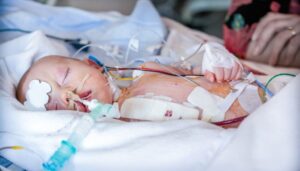
Group B Strep (GBS) is a huge burden of disease in developed countries. It is divided into three categories: early GBS, Late GBS (7-89 days